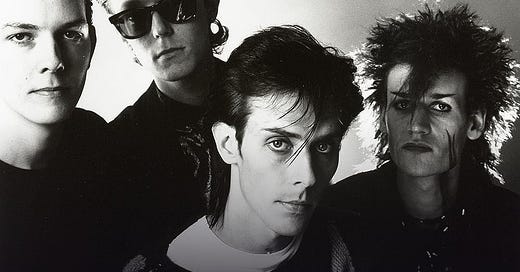La cosa insoddisfacente non è un fallimento; il vero fallimento è non perseguire i propri sogni. Sviluppare una visione richiede il superamento delle tue paure e la ricerca di motivazione in sé stessi.
Peter Murphy
If you read the post on your phone and the button “Read in English” doesn’t work, scroll down the page: the English version is after the Itali…
Keep reading with a 7-day free trial
Subscribe to (((RADIO PIAN PIANO))) to keep reading this post and get 7 days of free access to the full post archives.



